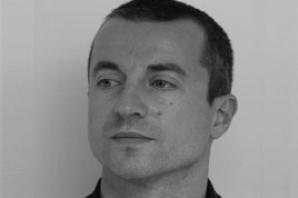Inspired by nature: bionic spider webs and other super-materials
Metal fatigue and ice-layer accumulation are challenges faced by the aviation industry and prove costly in terms of fuel waste. Sometimes nature can provide solutions to problems such as these. ERC grantee Nicola Pugno combines biological observations with nanotechnology to create some of the most remarkable materials in the world.
Natural materials such as spider silk, bones and nacre are remarkable for their exceptional mechanical properties, which make them interesting models for nanomaterials. Prof. Pugno explores the composition of natural structures, with the aim of tackling the drawbacks of currently used artificial products and develops new powerful solutions, tailor-made to specific industrial needs.
Spider silk and limpet teeth have been studied as some of the strongest materials known to man. Gecko feet are the basic inspiration behind a fabric with “spiderman-like” adhesion qualities. Lotus leaves could revolutionise the technologies behind waterproof objects, focusing on their nanostructure, rather than on currently used chemical treatments. Prof. Pugno’s studies mimic nature, and enhance it, using the latest technological developments in the field of material sciences, in particular graphene and other nanomaterials.
Further Proof of Concept grants awarded by the ERC have allowed him to elaborate manufacturing processes for these materials in order to produce them on a mass scale. Prof. Pugno’s discoveries will have great impact on a variety of industrial fields, including the transport industry. His materials could allow for example the creation of airplane wings resistant to metal fatigue and less likely to accumulate layers of ice, leading to a dramatic reduction in fuel waste.
Born in 1972, Nicola Pugno holds PhD degrees in Engineering and Biology. He is Full Professor of Solids and Structural Mechanics at the University of Trento (Italy) since 2012 and of Materials Science at the Queen Mary University of London (UK) since 2013. He has published about 350 papers in international journals. In 2017 he was awarded the Griffith Medal and Prize.


